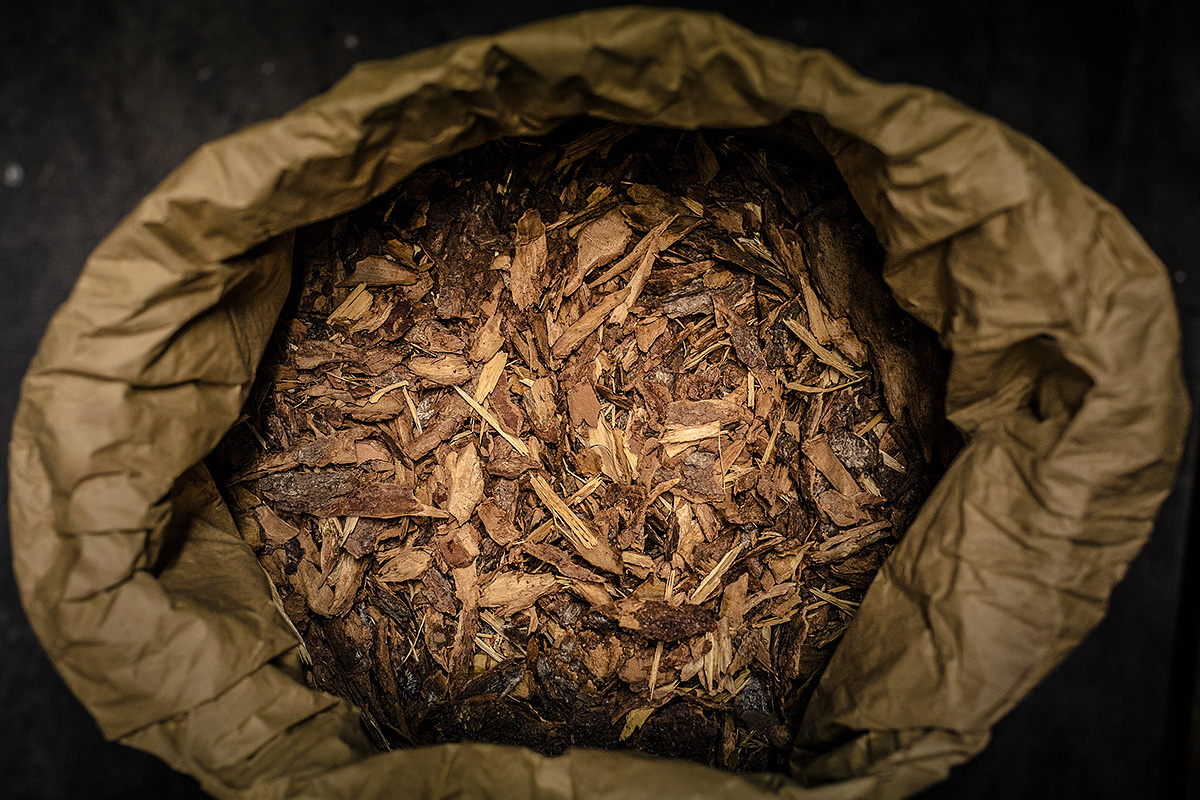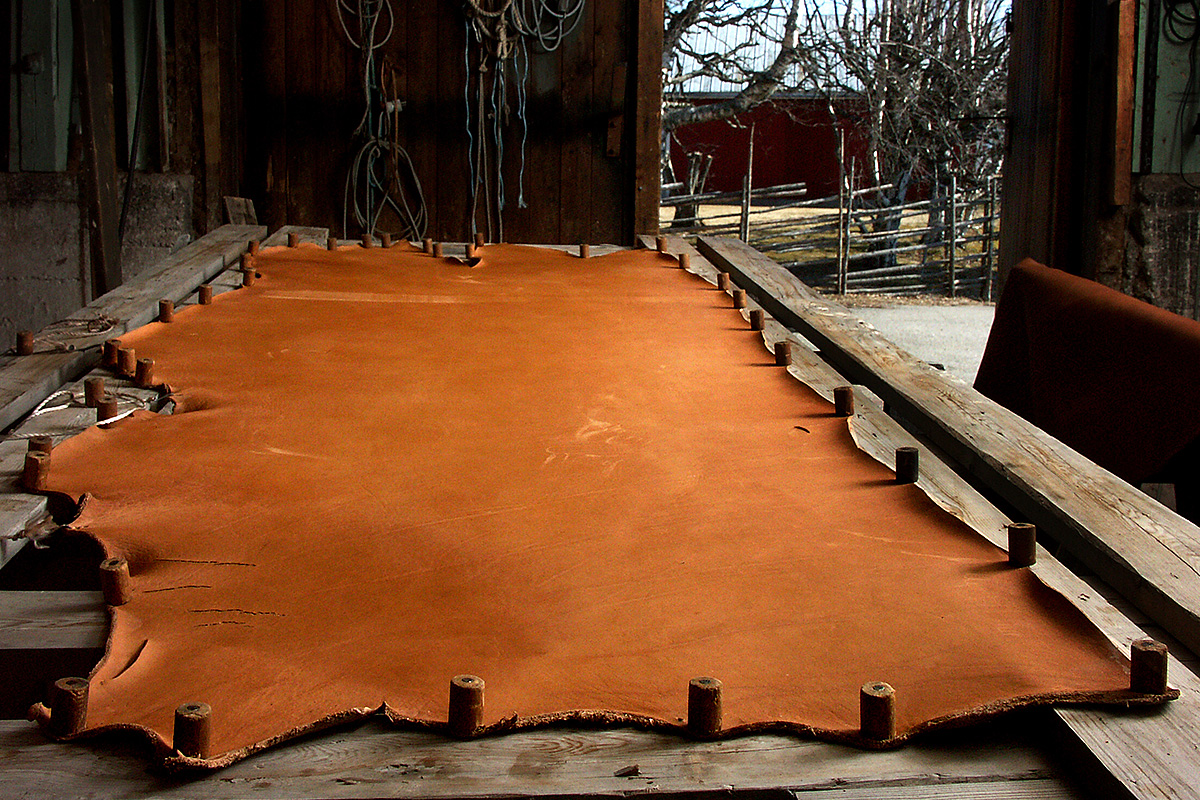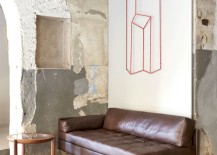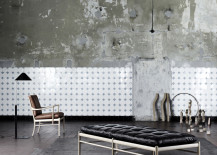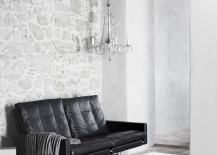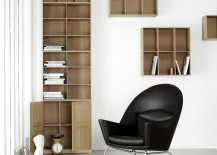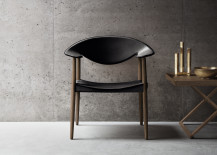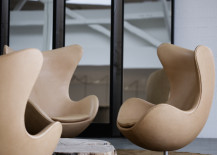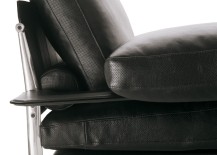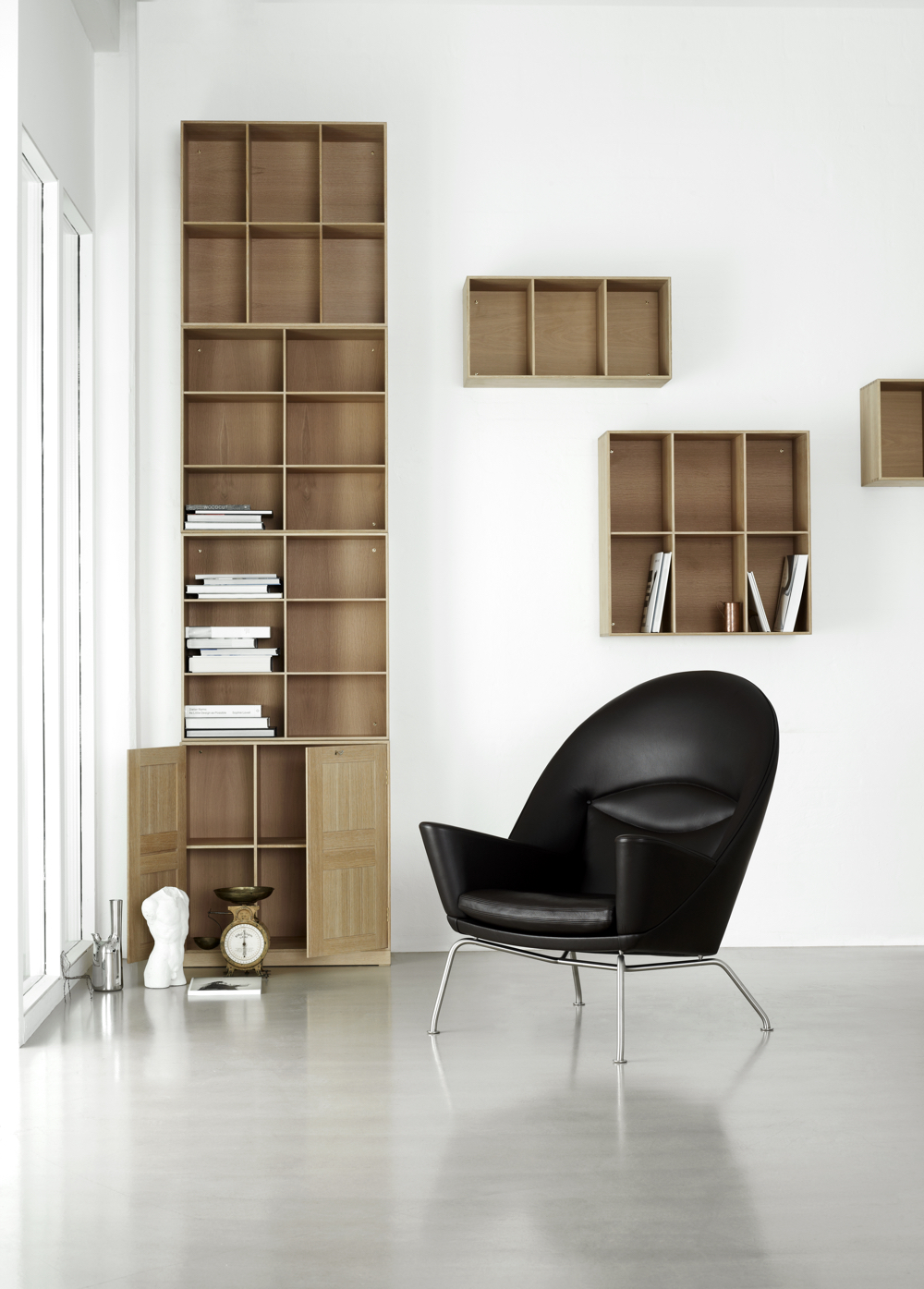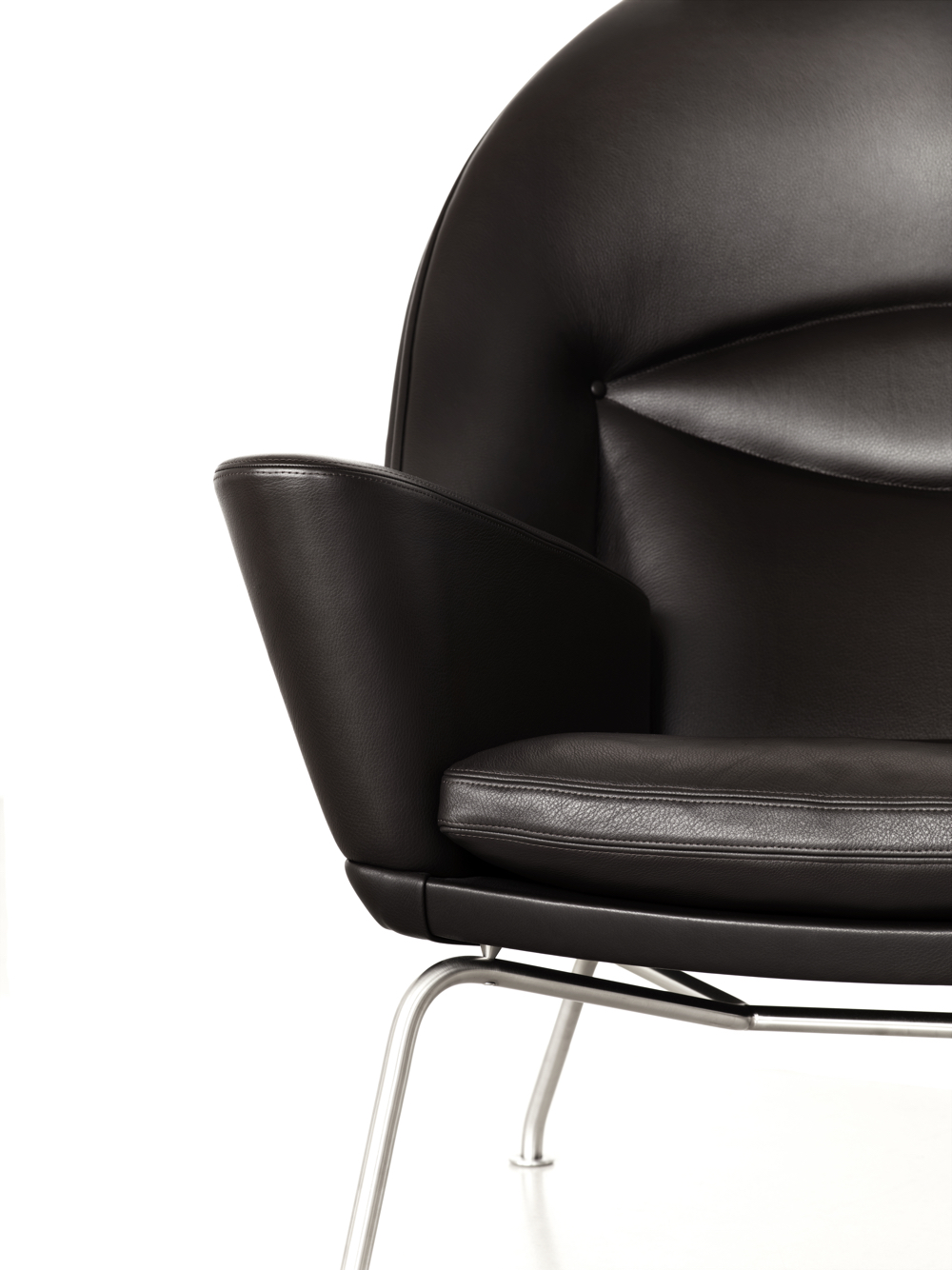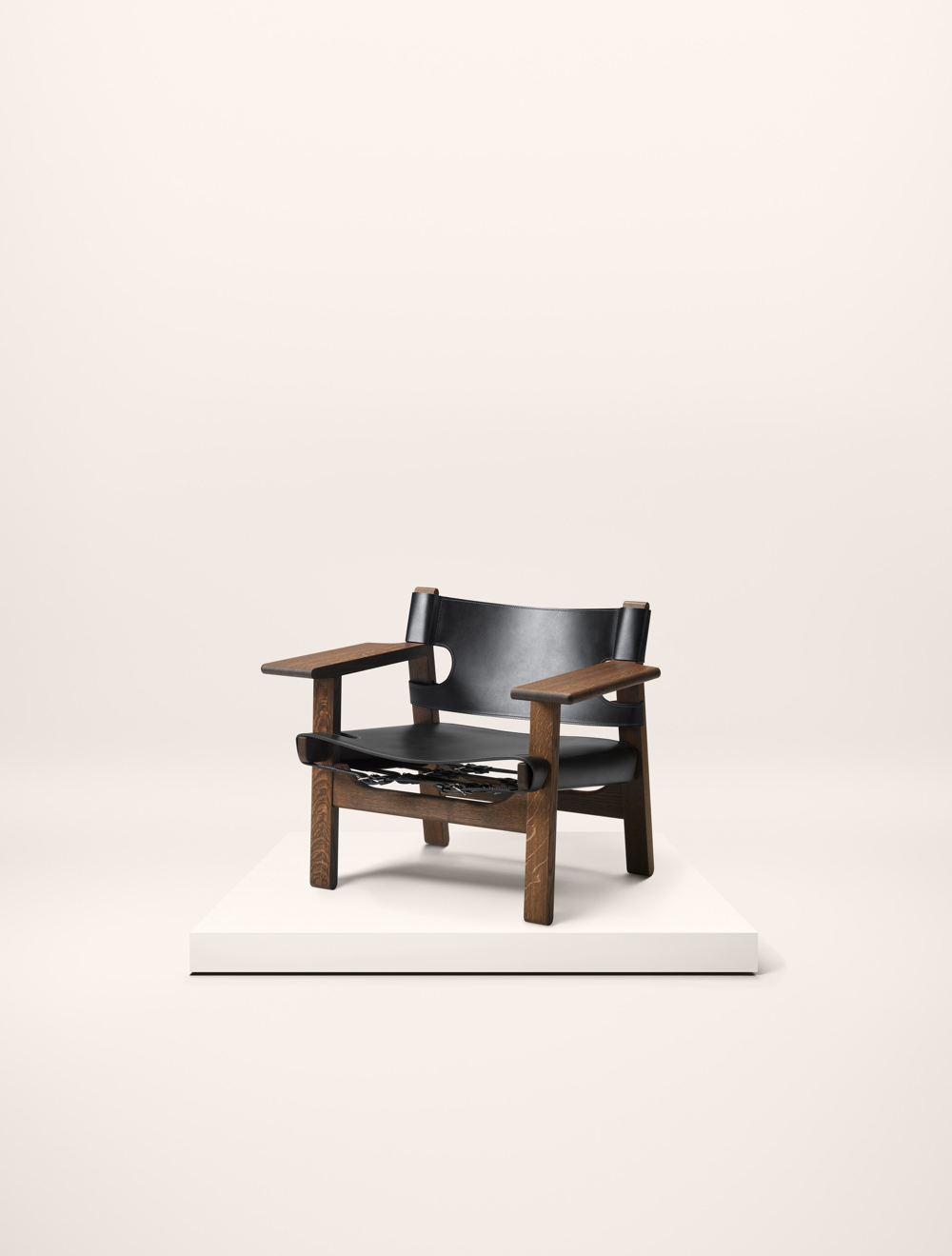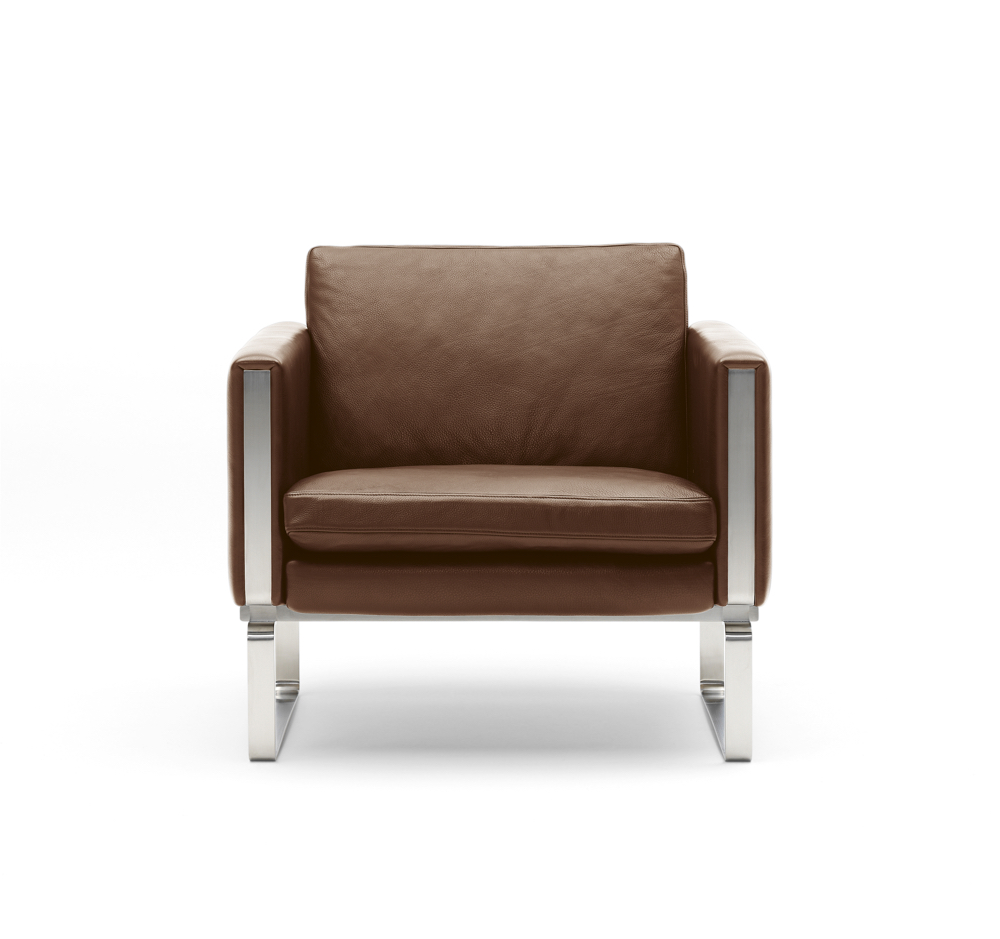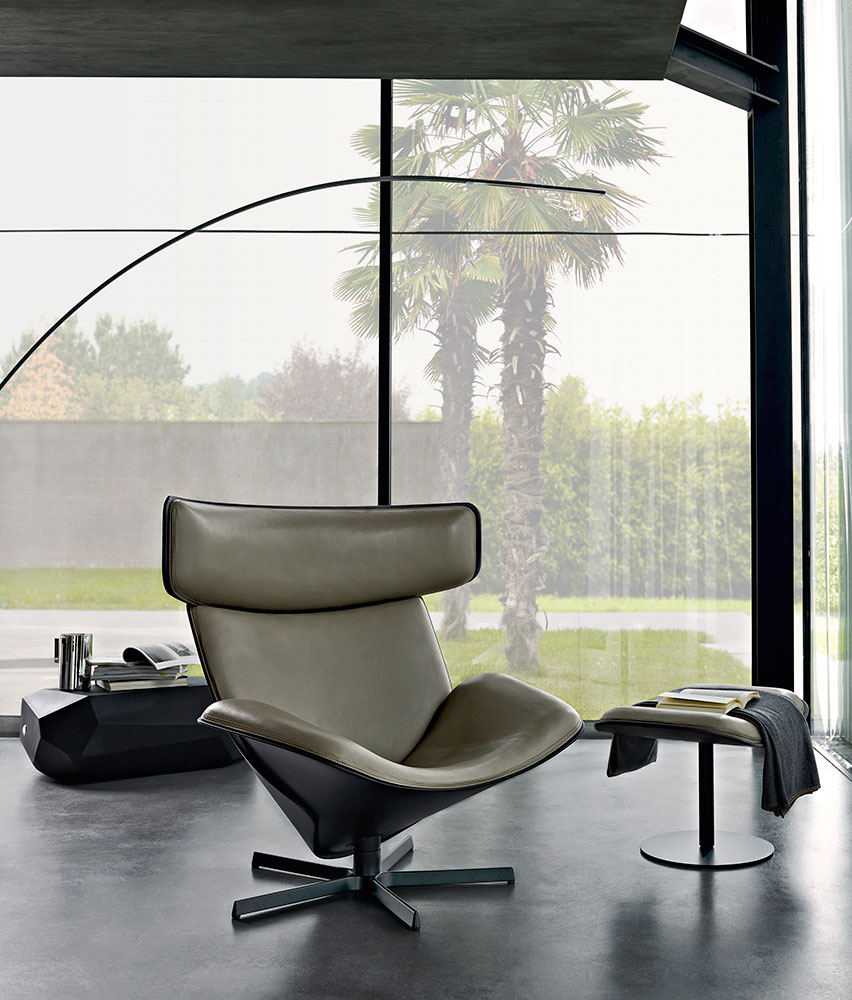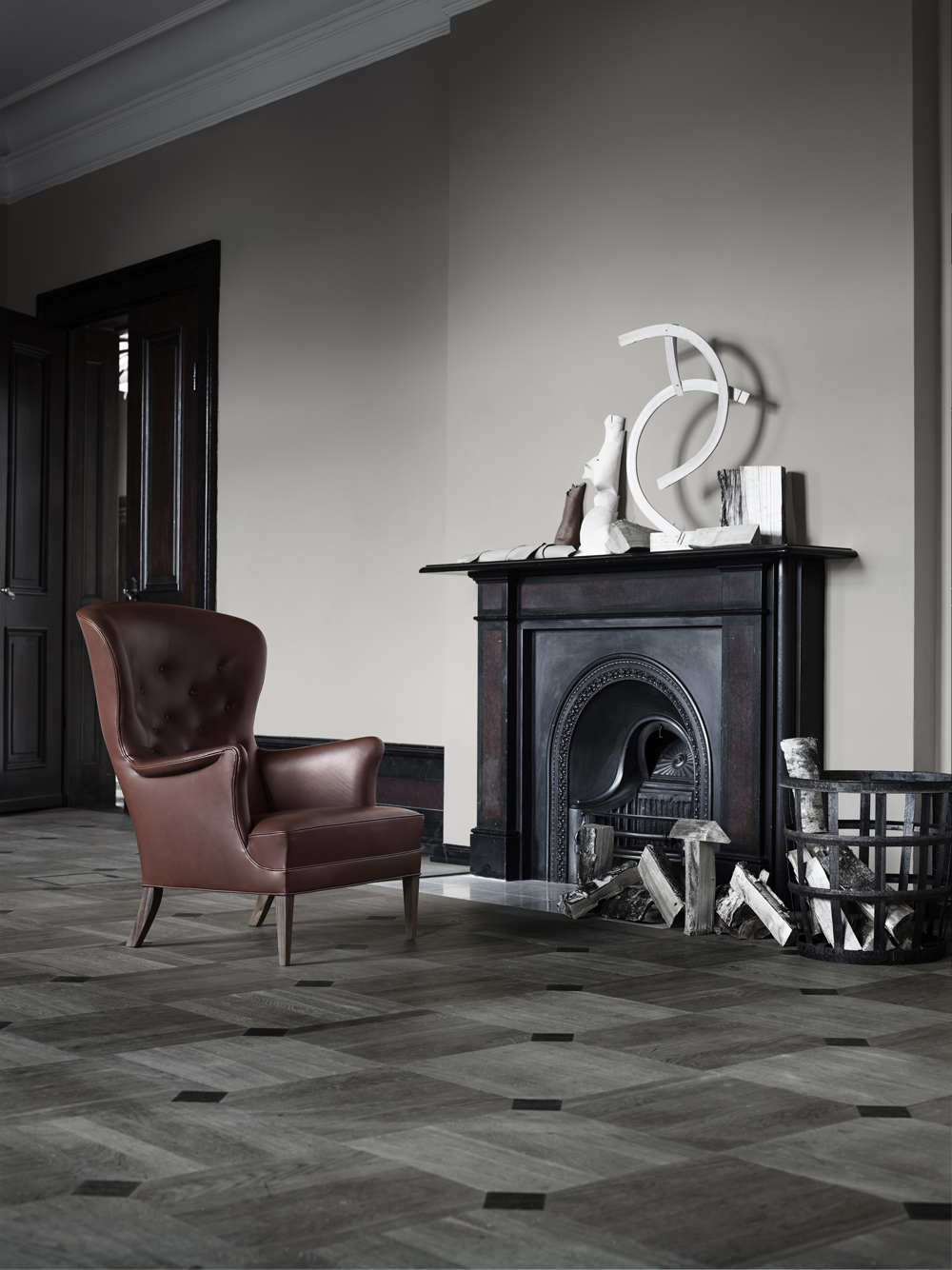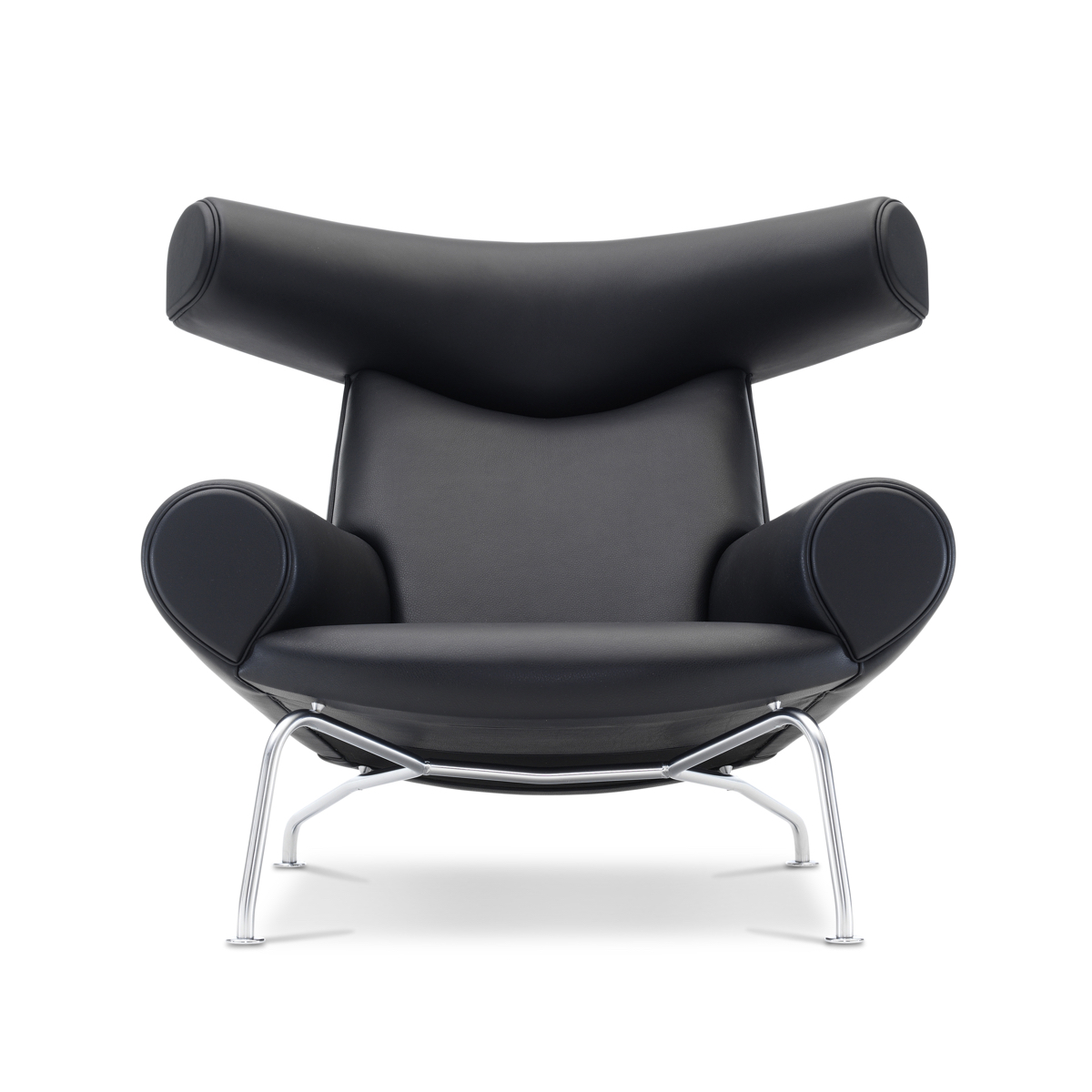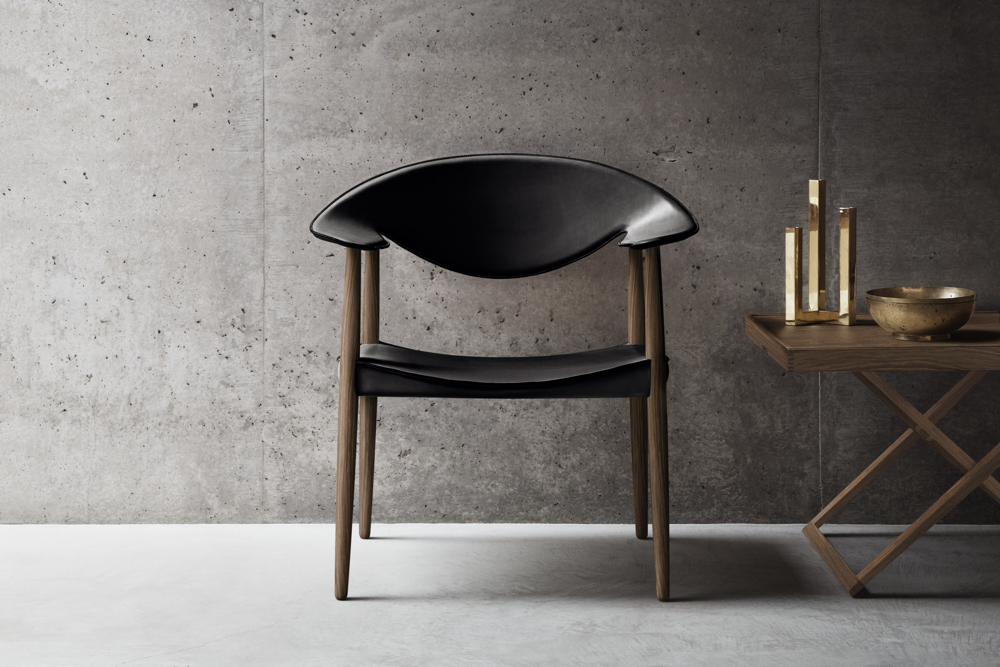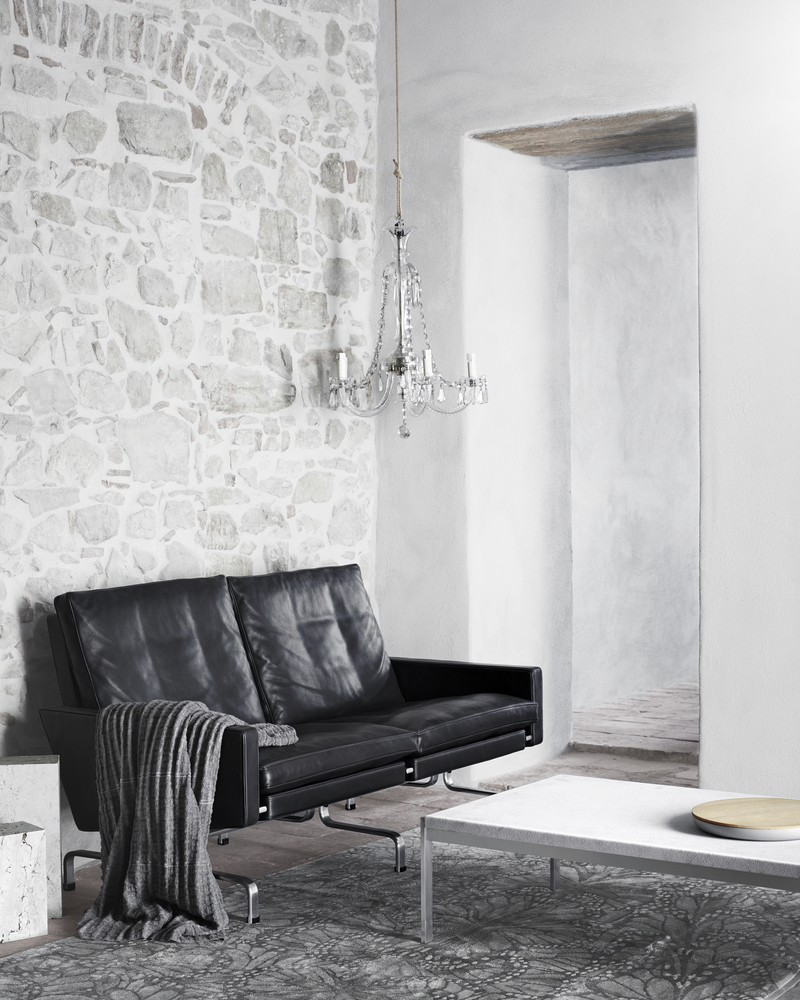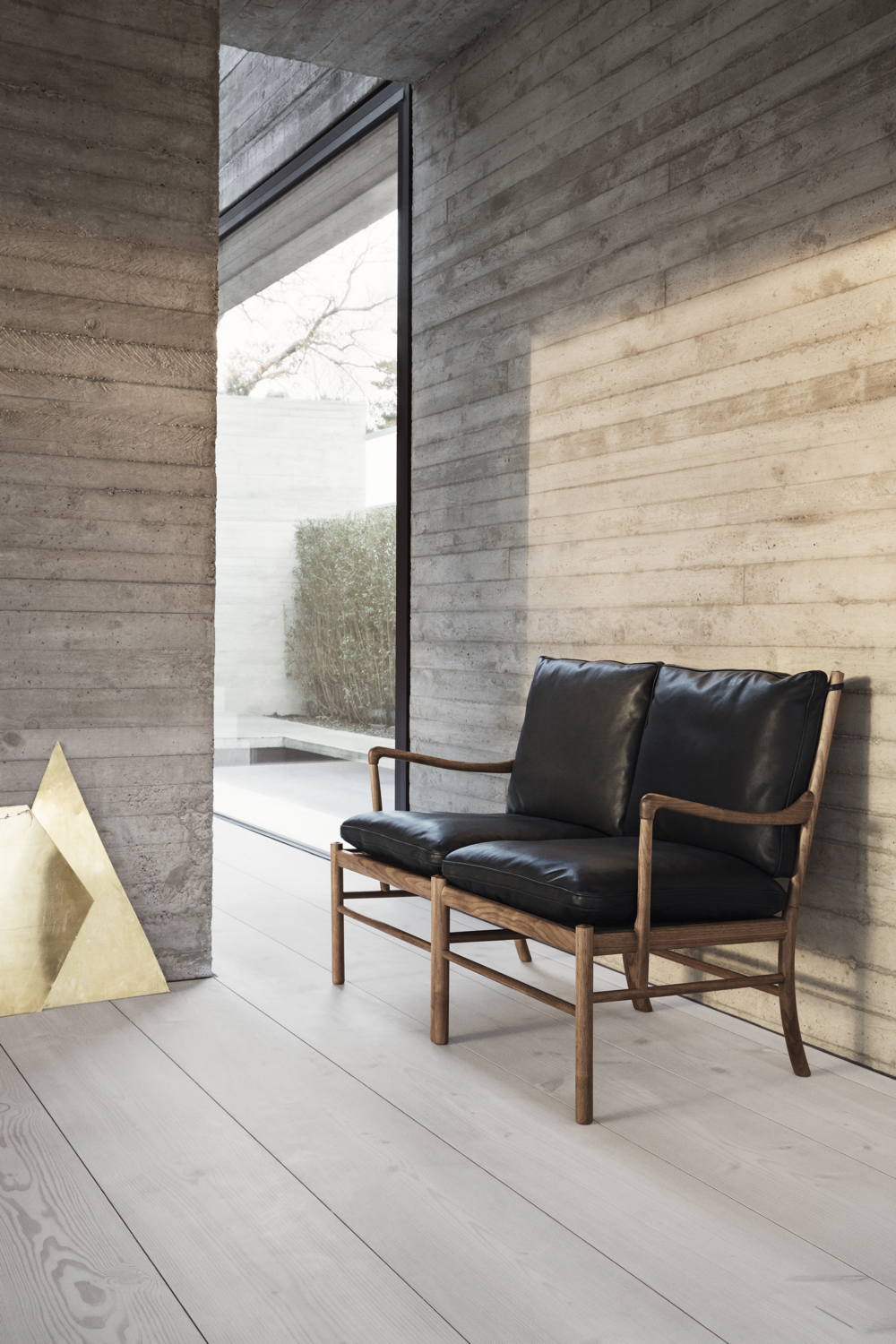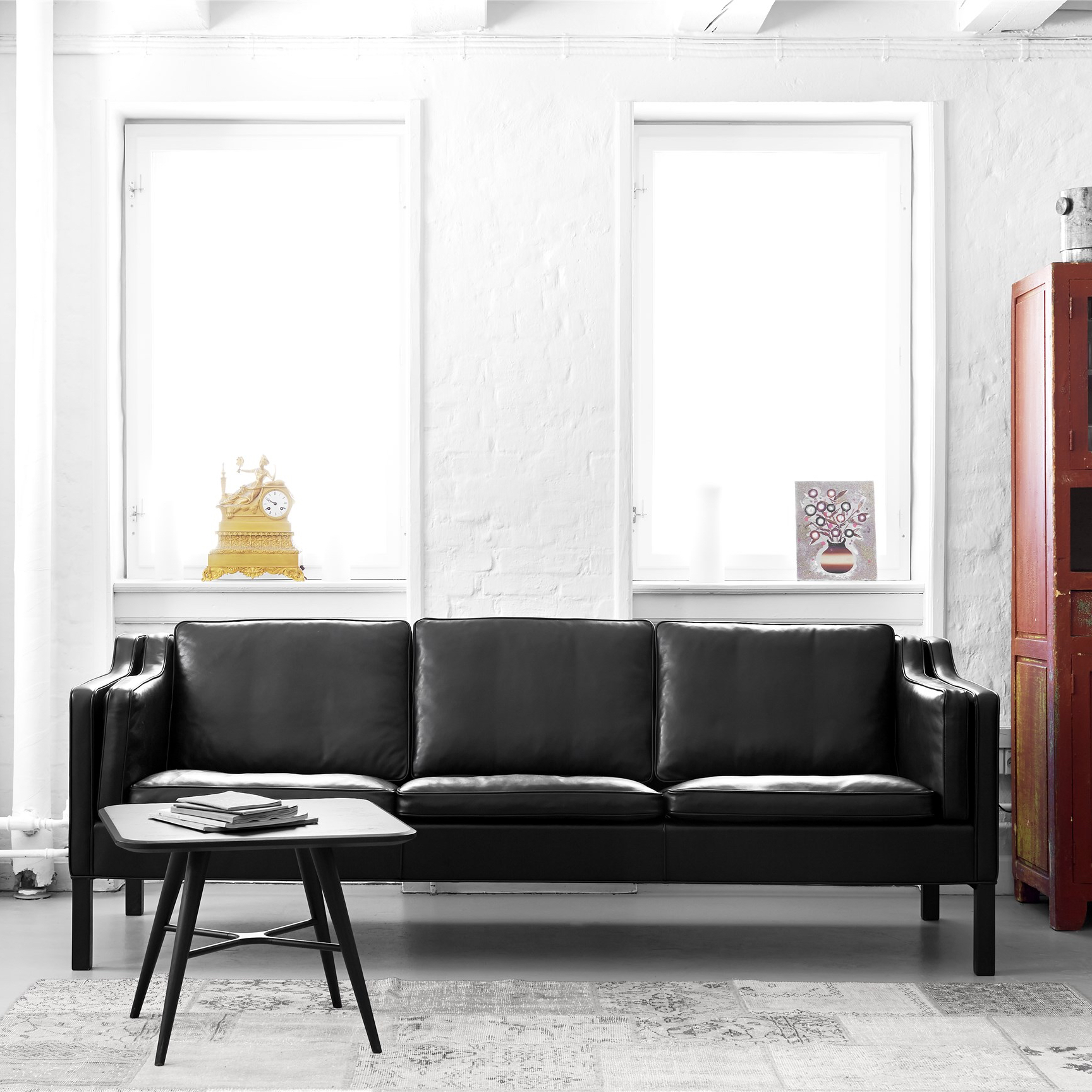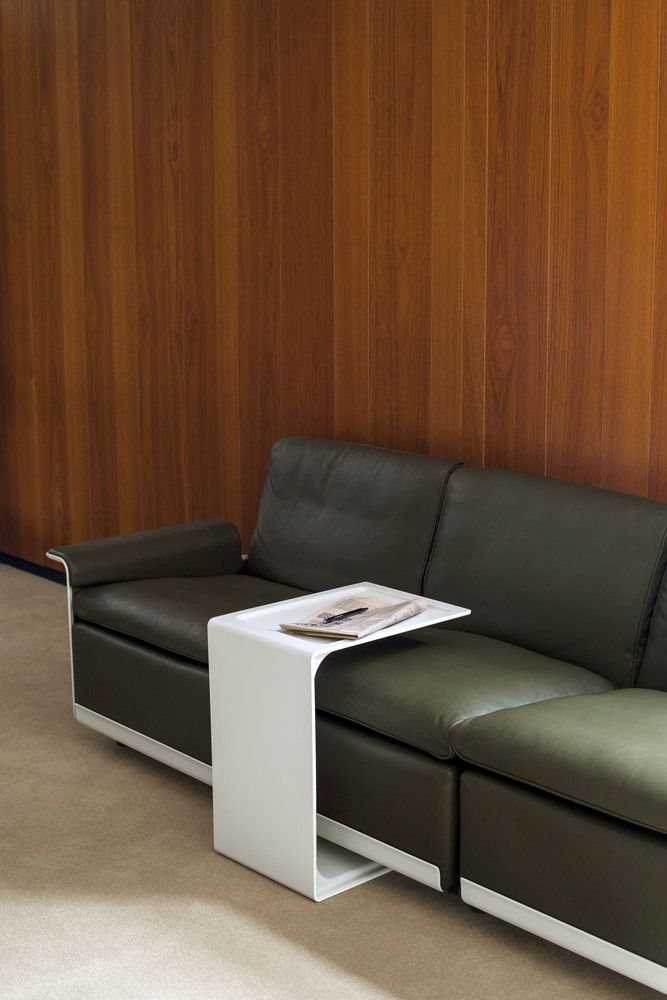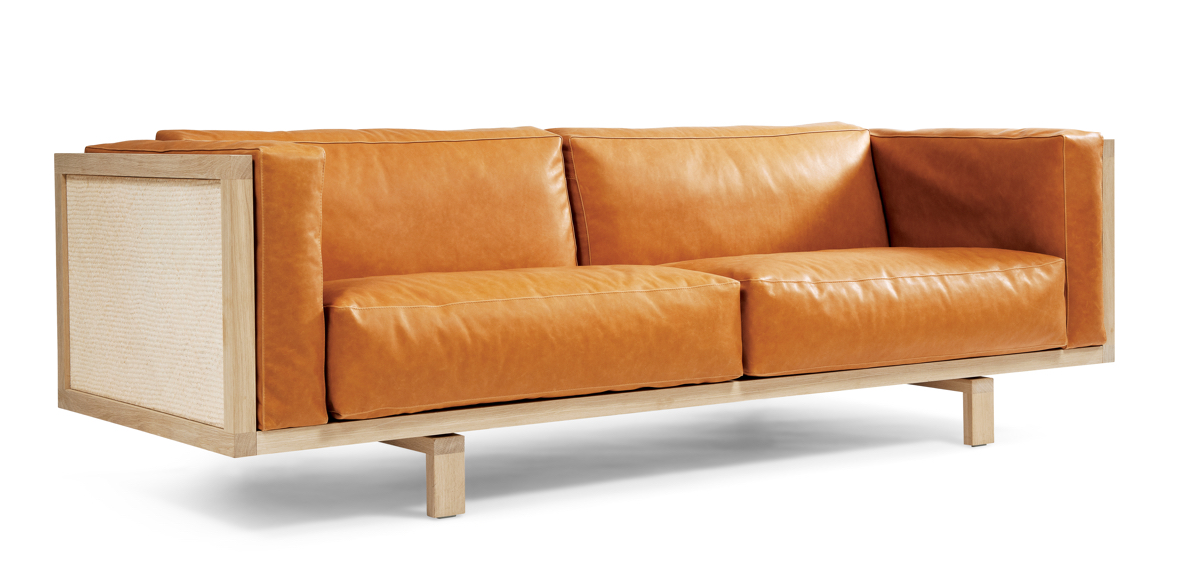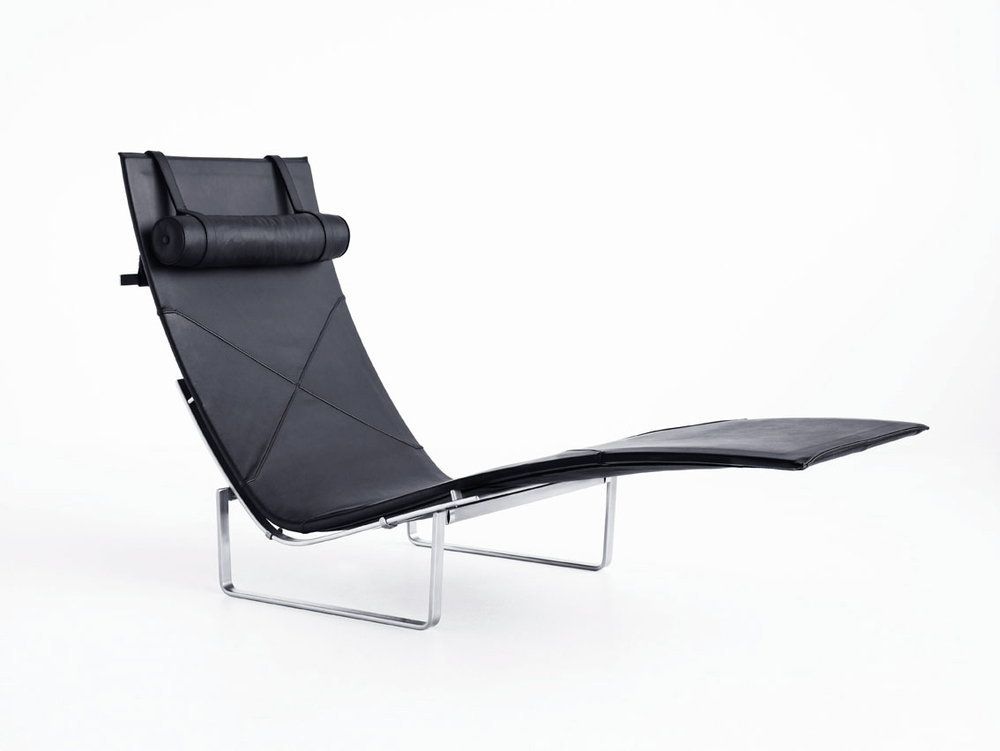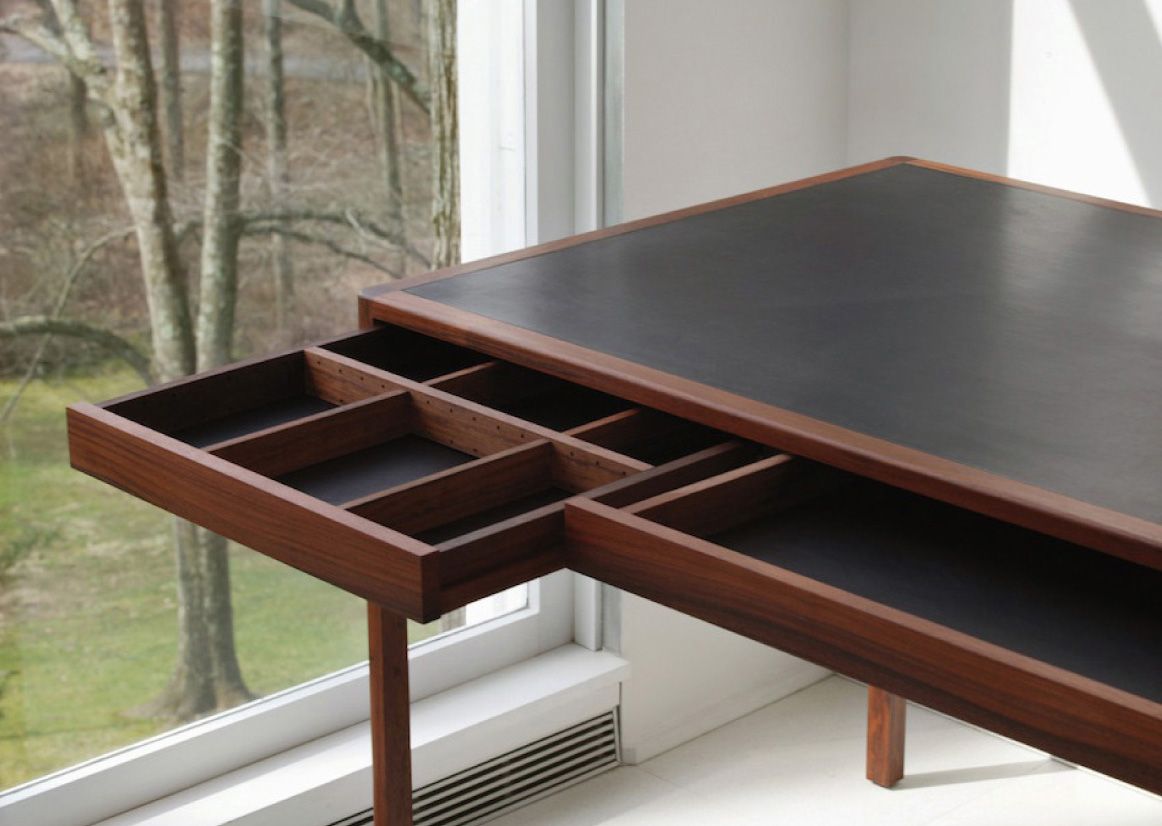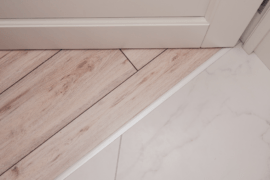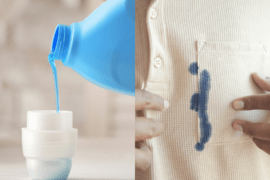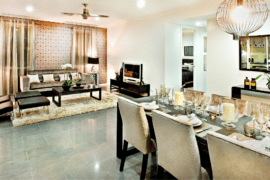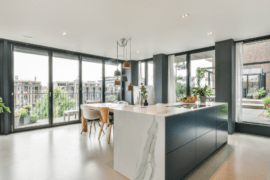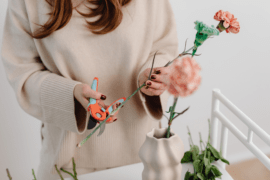Böle Tannery lies just south of the Arctic Circle in Böle, Sweden. Established in 1899, it is now one of the last remaining bark tanneries in the world. The tannery is committed to sustainable business practices using spruce bark and vegetable tanning: hides are a by-product and spruce bark grows all around Böle. Tanning changes a raw hide into leather (Böle Tannery uses only the best quality animal hides), and the application of spruce bark tanning, a typically slow process using spruce bark and clean water (with absolutely no chemicals), affords the leather both a unique color and undamaged surface. Consequently no further treatment – such as dyeing or painting – is required, and hides are dried in fresh air.
Spruce bark at Böle Tannery. Image © Böle Tannery.
Tanning just one animal hide at Böle Tannery can take up to a year, however the end result is certainly worth the time invested. Anders Sandlund is the fourth generation owner of Böle Tannery: “We think it’s worth it when we see the end result: a beautiful leather, naturally colored (sic) by spruce bark. It is unlike anything else.” (Source: Duncan Campbell, Charlotte Rey, Robert Klanten, Sven Ehmann (2014) The Craft and the Makers, Berlin: Gestalten.) Böle Tannery will also apply vegetable tanning to hides using vegetable tannins. Spruce bark is a rarer form of vegetable tannin; more common are bark flakes from quebracho, oak or mimosa trees or fruit extracts. (Source: Böle Tannery)
Spruce bark tanned Swedish cattle hide at Böle Tannery. Image © Böle Tannery.
Industrial tanning, a modern tanning process, is somewhat sterile. It uses an abundance of chemicals with large amounts of water and employs various forms of heavy machinery (ergo is it less environmentally-friendly). With the introduction of stricter environmental legislation (in the West), much of the tanning industry has moved to Asia where environmental legislation is by far more lenient. Moreover, working practices are often less than satisfactory (especially when compared to natural tanning processes, such as those used by Böle Tannery).
The following examples show the use of real leather on well-designed furnishings: chairs, sofas, recliners and a desk. It is something of a misnomer to suggest that one buys leather furniture. Rather we buy a particular design that is covered with leather. Midcentury designs are especially elegant when made using leather, and a number of prime examples are featured here.
Lounge chair
Oculus chair. Designed by Hans J. Wegner. Images © Carl Hansen & Søn.
PK22™ in walnut elegance leather. Designed by Poul Kjærholm. Image © Republic of Fritz Hansen 2015.
The Spanish Chair. Designed by Børge Mogensen. Image © Fredericia.
CH101 armchair. Designed by Hans J. Wegner. Image © Carl Hansen & Søn.
Almora armchair for B&B Italia. Designed by Doshi Levien. Image © 2015 B&B Italia SPA.
Egg™ in natural leather. Designed by Arne Jacobsen. Image © Republic of Fritz Hansen 2015.
Heritage chair. Designed by Frits Henningsen. Image © Carl Hansen & Søn.
EJ 100 Ox Chair. Designed by Hans J. Wegner. Image © Erik Jørgensen Møbelfabrik A/S.
Chair
Good leather will last, its patina and tactility ageing beautifully and graciously. The best leather is full grain, where natural markings – the hallmarks of an animal’s life – are visible. ‘Real’ leather smells distinctly like leather (naturally), having an almost musky, woody and vanilla-like leathery scent. Leather labelled as ‘genuine’, whilst a true leather, is unlikely to be real leather and will have been chemically treated (it will also smell as such). Real leather is impeccably finished, crafted by master craftsmen and those skilled in making leather pieces.
And as you would expect, good leather, with its aesthetic quality, sustainability and longevity, is much more expensive. Yes that €1000 three-seat leather sofa might seem to be a bargain, but the leather is doubtless substandard.
Series 7™. Designed by Arne Jacobsen. Image © Republic of Fritz Hansen 2015.
Metropolitan chair. Designed by Ejner Larsen and Aksel Bender Madsen. Image © Carl Hansen & Søn.
EJ 2 Eyes Wood. Designed by Foersom & Hiort-Lorenzen. Image © Erik Jørgensen Møbelfabrik A/S.
Sofa
CB-664R Righthand Asymmetric small sofa in brown leather by BassamFellows. Image by Max Rommel © BassamFellows.
PK31™ two-seat sofa. Designed by Poul Kjærholm. Image © Republic of Fritz Hansen 2015.
Diesis sofa for B&B Italia. Designed by Antonio Citterio & Paolo Nava. Image © 2015 B&B Italia SPA.
Colonial sofa. Designed by Ole Wanscher. Image © Carl Hansen & Søn.
2213 sofa. Designed by Børge Mogensen. Image © Fredericia.
620 Chair Programme. Three-seat sofa with olive-brown leather. Designed by Dieter Rams. Image © Vitsœ.
EJ 555 Frame sofa. Designed by Foersom & Hiort-Lorenzen. Image © Erik Jørgensen Møbelfabrik A/S.
Recline
CB-41 Daybed by BassamFellows. Image by Dan Martensen © BassamFellows.
OW150 daybed. Designed by Ole Wanscher. Image © Carl Hansen & Søn.
PK24™ chaiselongue. Designed by Poul Kjærholm. Image © Republic of Fritz Hansen 2015.
Desk
CB-311 Leather Desk with black leather inset top and drawer linings by BassamFellows. Image by Dan Martensen © BassamFellows.
